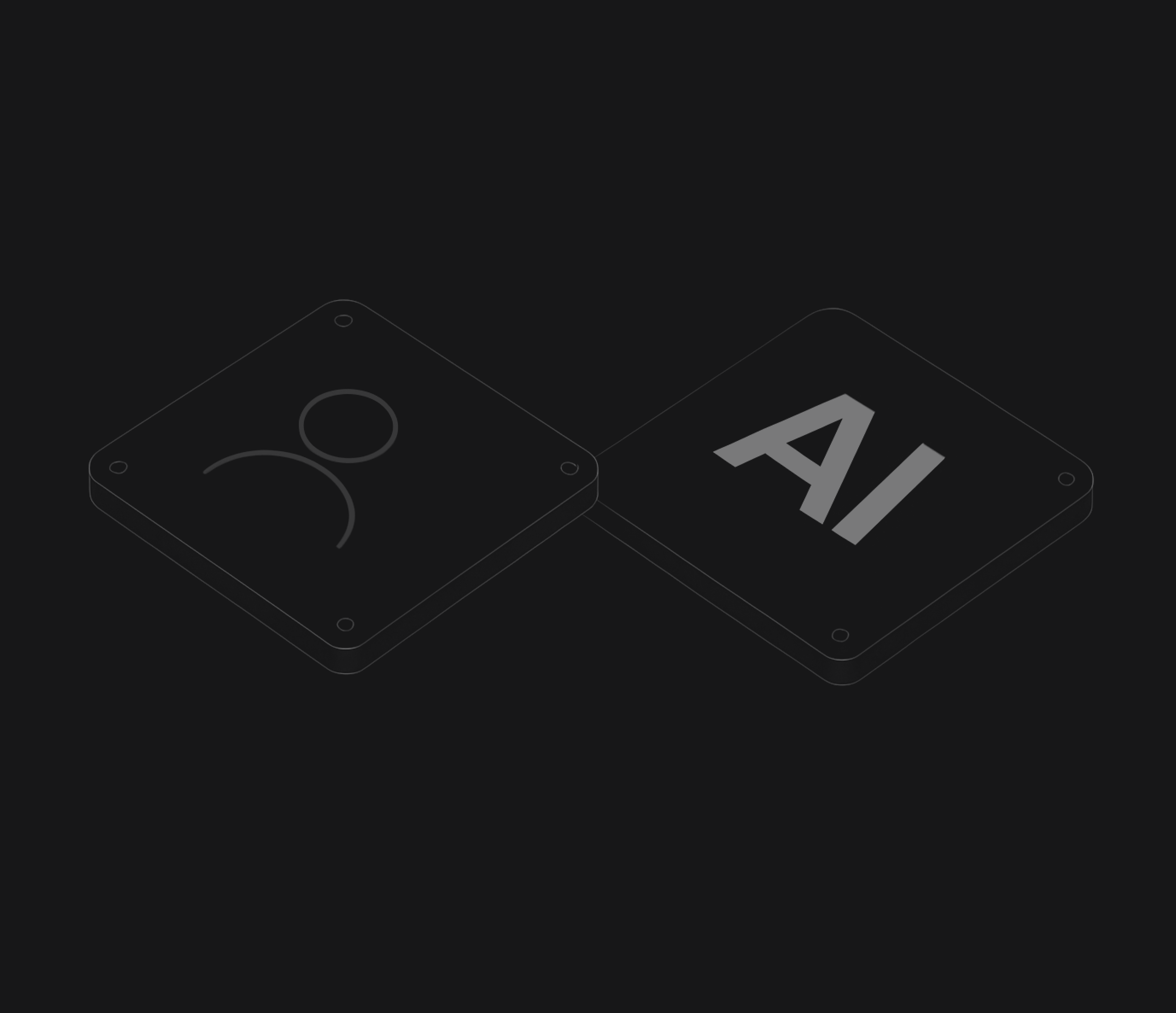In today's data-driven world, organizations often store critical information across multiple databases and systems. Traditionally, analyzing data across these disparate sources required technical SQL expertise, creating bottlenecks and dependencies. This comprehensive guide explores how modern BI layers enable cross-database analysis without writing a single line of SQL code.

The Challenge: Why Cross-Database Analysis Without SQL Was Difficult Before
Organizations typically store data across various platforms:
Transactional data in MySQL or PostgreSQL
Analytics data in Snowflake or BigQuery
Customer information in CRM systems
Financial data in specialized accounting software
Ad-hoc analysis in spreadsheets
Traditionally, connecting these sources required:
Complex ETL pipelines
Custom SQL joins across databases
Technical expertise that created bottlenecks
Long wait times for business teams needing insights

The Solution: How No-Code BI Platforms Simplify Cross-Database Analysis
Modern business intelligence platforms like Supaboard provide intuitive interfaces that allow non-technical users to perform cross-database analysis without writing SQL. Here's how they work:

1. Point-and-Click Data Joining
Visual BI layers enable users to:
Connect multiple data sources through pre-built connectors
Define relationships between tables using simple drag-and-drop interfaces
Create virtual datasets that combine information from different sources
Preview joined data before analysis to ensure accuracy
2. Governed Data Modeling for Reliable Analytics
These platforms include robust governance features:
Centralized data dictionaries defining metrics and dimensions
Reusable data models approved by data teams
Role-based access controls for sensitive data
Audit trails tracking who accessed what information
3. AI-Powered Query Building in No-Code BI Tools
AI capabilities further simplify analysis:
Natural language interfaces for asking business questions
AI assistants that generate appropriate visualizations
Automated data discovery suggesting relevant connections
Smart recommendations for further analysis
For more, see Supaboard's features, compare it to other BI tools.
Real-World Benefits of SQL-Free Cross-Database Analysis
Organizations implementing no-code cross-database analysis report significant improvements. According to a report on no-code BI tools, companies experience lower technical barriers, faster deployment, and improved agility.
1. Accelerated Time-to-Insight
Questions answered in minutes instead of days
Elimination of analyst request tickets and backlogs
Self-service exploration empowering business teams
In short: teams deliver solutions faster and reduce dependency on IT departments.
2. Improved Data Consistency
Standardized definitions across departments
Reduction in conflicting metrics and "multiple versions of truth"
Documented data lineage showing where information originates
3. Enhanced Collaboration Across Teams
Shared dashboards incorporating multiple data sources
Cross-functional analysis unifying departmental perspectives
Business and technical teams speaking the same data language
Case Study: Logistics Analytics Transformation with Shipsy
A real-world example comes from Shipsy, a logistics company that built a scalable, no-code BI platform for custom data analytics on AWS.
Before: Shipsy faced challenges with operational data scattered across systems, requiring custom coding and long wait times for insights from large datasets.
After: By implementing a no-code BI solution, they enabled near real-time data insights, allowing non-technical users to create dashboards and analyze cross-source data on-the-fly.
Result: Faster decision-making, reduced reliance on developers, and improved operational efficiency.
For the full case study, check out AWS here.
Implementation: Steps to Start Cross-Database Analysis Without SQL
Step 1: Audit Your Data Landscape
Document all data sources, key identifiers, and common questions needing multi-source analysis.
Step 2: Select the Right No-Code BI Platform
Look for native connectors, visual modeling, governance features, and AI-powered insights.
For extra help, review Forrester’s Wave report on BI platforms.
Step 3: Create a Semantic Layer
Define metrics, set relationships, and validate with test cases.
Step 4: Enable Self-Service Analytics
Train business users, build starter dashboards, and encourage feedback.
Expert Insights: Why No-Code BI Matters
"No-code BI tools are a great way to spread your data culture to people who aren't just tech-savvy." — Grow.com
"With no-code BI, business professionals can easily create reports, generate visualizations, and gain actionable insights without relying on IT departments." — DataCaffe
"No-code platforms are changing the world of business analytics, making it more powerful, accessible and actionable." — Garry Taylor
Common Questions About SQL-Free Cross-Database Analysis
Is performance comparable to custom SQL solutions?
Yes. Modern BI platforms optimize queries automatically, giving performance similar to hand-written SQL for most business needs. For extremely complex queries, some tools allow fine-tuned optimization.
How do these tools handle different data types across systems?
They harmonize formats automatically. Visual BI layers include type conversion, standardized date handling, and normalization of categories across sources.
What about data security and compliance?
They’re enterprise-ready. No-code BI platforms offer row-level security, field-level encryption, and access logs that usually exceed ad-hoc SQL scripts. See Harvard Business Review on data governance.
Can these tools completely replace data warehousing?
Not always. For very large datasets or complex transformations, data warehouses are still useful. Most organizations use both together—warehousing for heavy lifting and BI tools for fast analysis.
Conclusion: Democratizing Data Analysis
Cross-database analysis without SQL represents a major shift in how organizations use data. By removing technical barriers, these solutions empower business teams while keeping governance intact.
For organizations struggling with siloed data and bottlenecks, no-code BI platforms offer a practical way forward, one that delivers speed, consistency, and accessibility without requiring everyone to be a SQL expert.









